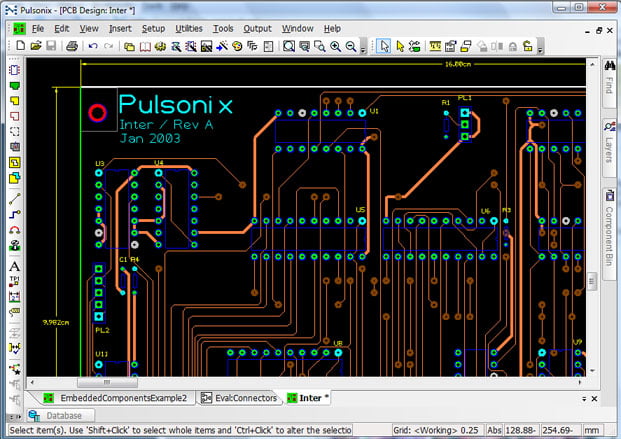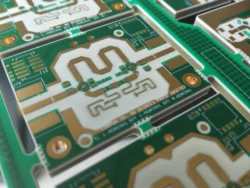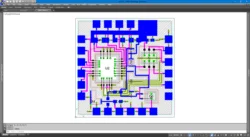The original Protel PCB design application has been around since the 80s. Yes, really, it’s got this kind of staying power! It was originally on the cutting edge as a tool for printed circuit board designers who could use it to test, validate and complete PCB design concepts. Whether at the teaching level at some universities or used at home by hobbyists, Protel PCB Design software was good for its day. But it’s now time for a change.
A New PCB Tool is Reborn
Altium is the company behind the classic Protel PCB design tool. They decided to completely rebuild the software by using the 30 years that they’ve been around in the industry to reimagine how a PCB software package should be. Their Proteus software free download is once again state-of-the-art in the PCB industry.
Using their legacy advantage, the company has come up with Altium Designer 20. It’s now on the cutting edge once again with the latest concepts, a modern graphical user interface, strong imaging, and many new features to keep up with what designers are looking for now.
Is PCB Software More Capable?
One of the leading requirements is a software package that has adopted a 64-bit architecture. This allows any software to operate faster due to the ability to handle twice as much data than a 32-bit system is capable of.
The next improvement is multi-threading technology over previous single thread technology that was previously more common. This allows their software to process tasks concurrently across multiple threads, rather than just in a single thread.
The combination of 64-bit computing and multi-threading allows Altium Designer 20 to process new designs faster through increased data processing power.
Updated Unified Design
With an all-new design interface, simple or complex PCB boards can be completed faster than before. No longer is it necessary to use different tools or multiple windows open at the same time to complete all aspects of advanced PCB design. A unified approach has been incorporated to streamline production capabilities, which is especially useful for professional designers needing to be both quick and thorough.
Hierarchical Schematics and 3D Design
There are now detailed hierarchical schematics to examine the design for mistakes before it goes into production. The most complex designs for powerful computer motherboards or smartphone boards can be incorporated using the latest advanced schematics which provides sufficient clarity during the design process to ensure every element is well-conceived and complete.
Build out rigid-flex 3D schematics to validate that a PCB board design can accommodate third-party components into an exacting space without compromising the functionality. All clearances required for connectors and other components can be assured now using a 3D model to avoid post-manufacturing failures and wasted costs.
Improved Documentation Capabilities
One of the new improvements with the latest software is the ability to manage the information. After the board design is complete, it can be documented more easily for other companies and manufacturers planning to use the board in their own product creations. This removes a previous headache where information for documenting a PCB board was separate from the design application.
The new Altium Designer 20 software, which replaces the earlier software versions, is not difficult to transition over to from a legacy version. The software is quite intuitive, making the transition more logical for apprehensive users.







